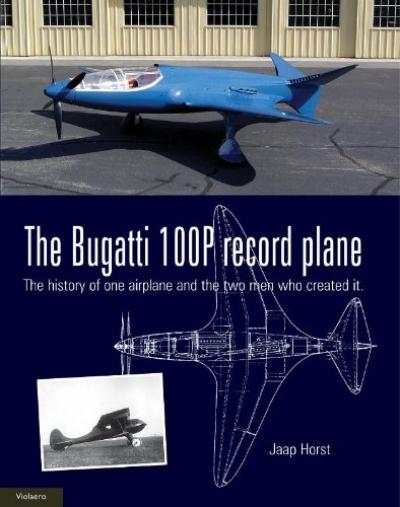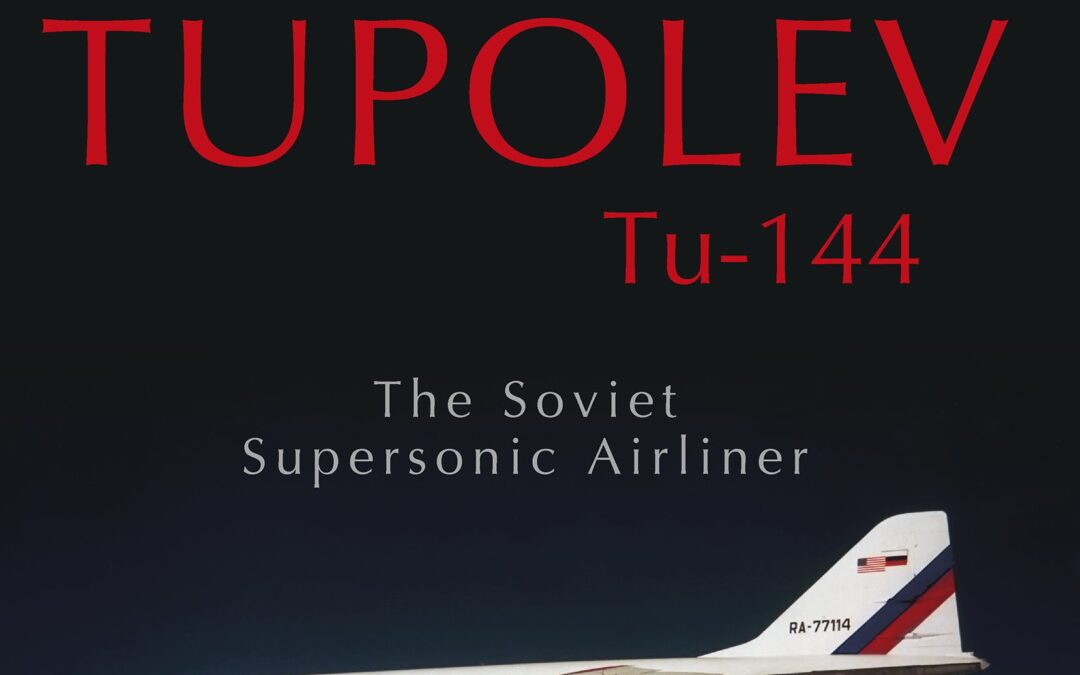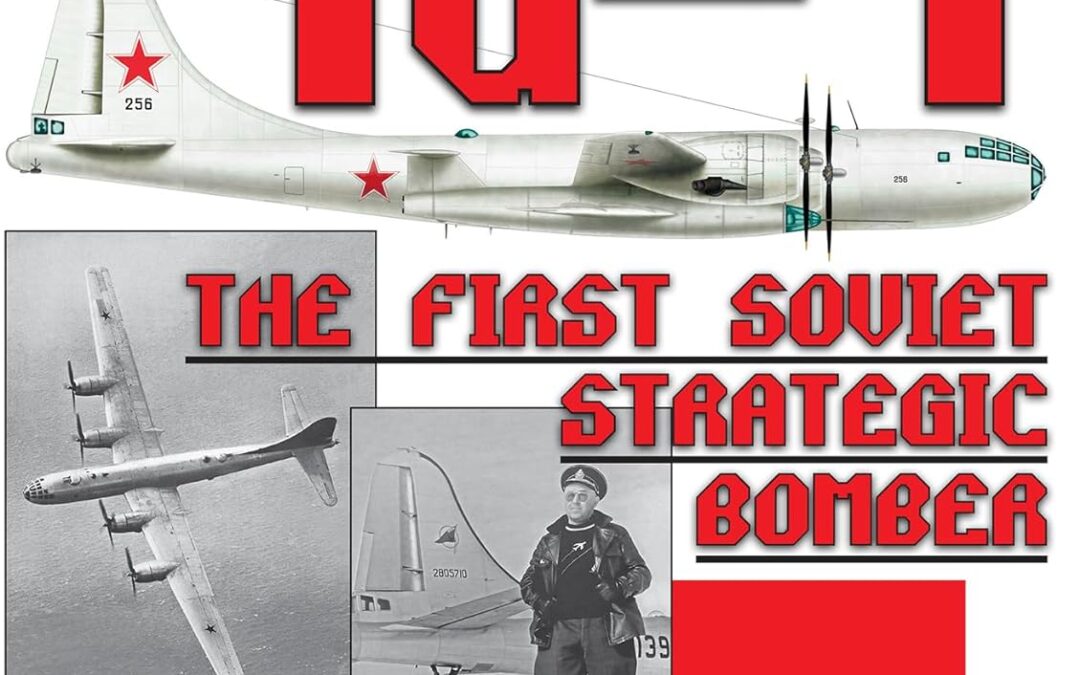
“The development of this extremely advanced airplane with many novel features was started in 1937, for which Ettore Bugatti had hired the Belgian Louis de Monge as chief engineer. The first version of the airplane was planned as a speed-record airplane, a military version was to follow later. Tragically the Bugatti 100P airplane never flew, the Germans invaded Paris where it was being built before it was 100% ready. The airplane surprisingly survived the war, and still exists in the EAA museum in Oshkosh, USA. Both engines exist, and were built into Bugatti race-cars. Currently a flying replica is being constructed in the USA, built in such a way, that it will be aerodynamically the same as the original.
This book for the first time describes the complete history of this wonderfully beautiful streamlined airplane, as well as all of its novel systems. Also, the histories of both the plane’s creators are followed, from the early years of aviation.
Ettore Bugatti is of course well-known through his race- and sportscars from the years in between both worldwars, but he was also interested in many other technical devices. During the first world war airplane-engines were designed and built, the book describes these engines and derivatives in detail, showing also all the airplanes which used these engines, including the world’s first fully functional “modern” helicopter.
Louis de Monge built his first airplanes before WWI, during WWI he designed and produced modern propellers, sold under the name Lumière. After WWI many, often technically advanced, designs were made. The complete history of his many interesting inventions and lack of commercial success is published here for the first time.
“

Developed in the 1960s/1970s, the Tu-144 was the Soviet Union’s only practical venture into supersonic commercial aviation. Though its career was all too brief, it was a major technological achievement for the Soviet aircraft industry. The book provides in-depth coverage of the “Concordski,” including projected versions, the Tu-144’s production and service history, and a comparison with the Concorde. First flown on the last day of 1968—ahead of the Concorde—the Tu-144 had to undergo a long gestation period before the production version entered service in November 1977. Unfortunately, its career proved to be brief; two accidents and a powerful anti-Tu-144 lobby caused the type to be withdrawn in May 1978. The book describes the Tu-144’s versions (including the Tu-144LL research aircraft developed under a Russian-U.S. program) and touches on the projected military derivatives. It is illustrated with color side views and previously unpublished photographs.

This book is based on a concept placed with Veloce by Anthony Pritchard shortly before his death in 2013. Graham Robson has written a detailed and superbly illustrated account of the Formula 1 cars powered by the Ford DFV V8 engine. This all-conquering power unit was the result of discussions between Colin Chapman, boss of the Lotus car company, and the UK Ford Motor Company. Design, development and manufacture was entrusted to the Cosworth company in Northampton, in response to Lotus’ desperate need for an engine for the 3000cc Formula 1 regulations that came into force for 1966. Lotus had exclusive use of the DFV in 1967, its first season, when Jim Clark drove the DFV-powered Lotus 49 to four World Championship victories.
Becoming available to other Formula 1 teams in 1968, adopters included McLaren and Matra. Graham Hill won the Drivers’ Championship with DFV-powered Lotus cars in 1968, and drivers of DFV-powered cars won the Championship in 13 out of 16 years. Year by year, the power of the DFV engine increased; new companies were set up to overhaul the DFV; and engines prepared by these companies were more powerful than those emanating from the factory.
Robson’s narrative starts with a look at Ford’s strategy of entering F1, a description of the design and development of this engine, and details the successes – and failures – of every Formula 1 car powered by the DFV engine. During these years the only manufacturer to successfully challenge DFV power was Ferrari, with drivers Lauda and Scheckter winning the Drivers’ Championship on three occasions. Because the DFV later gave rise to successful derivatives, such as the turbocharged DFX, and the DFY, DFZ and DFR evolutions, these are also analysed.
This important book is illustrated with more than 300 photographs, most of which come from the UK Ford Motor Company’s own archives.

After World War II, the Soviet Union and the USA, who had been allies in the war, started moving towards political and military confrontation. The Soviet Union urgently needed a strategic bomber capable of striking at the USA. Thus, the windfall of three battle-damaged B-29s forced to land in Soviet territory was most welcome. The Soviet Union kept them; a huge reverse-engineering effort ensued, resulting in a Soviet copy of the Superfortress (the Tu-4) and a major technology boost to the Soviet aircraft and avionics industries. From then on, the “Soviet Superfortress” evolved independently, some of the Tu-4 versions having no direct U.S. equivalent. These included the Tu-4K missile carrier, a wing-to-wing flight refueling tanker, and the Tu-4T transport. The Tu-4A was the first Soviet nuclear-capable bomber. Experimental versions included engine testbeds, a towed escort fighter program, and more. The book also describes the Tu-4’s production and service history (including service in China―the only nation besides the USSR to operate the type) and touches on the Tu-4’s transport derivatives, the Tu-70 airliner, and the Tu-75 military airlifter. The book is illustrated with many color side views and hitherto unpublished photographs.






